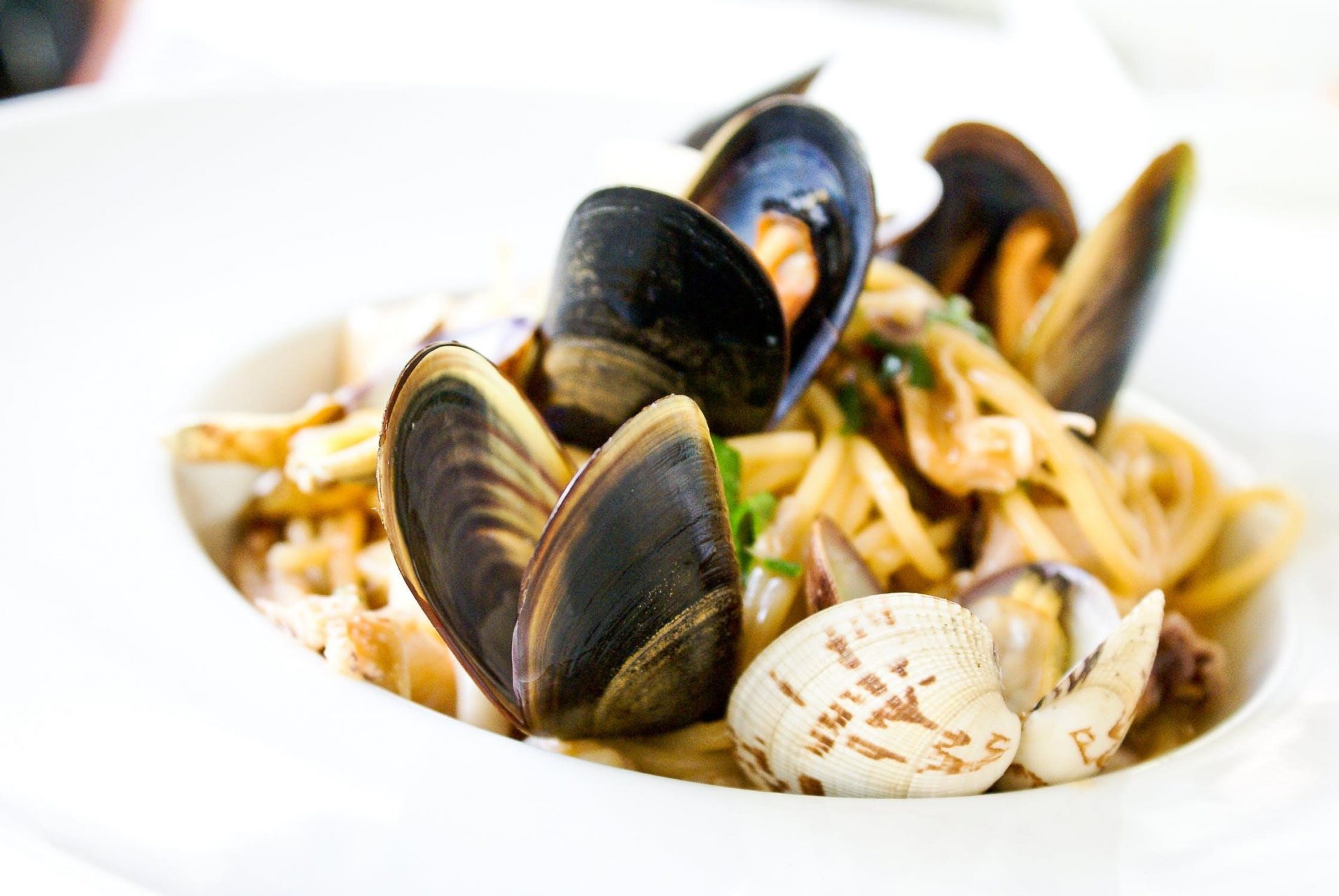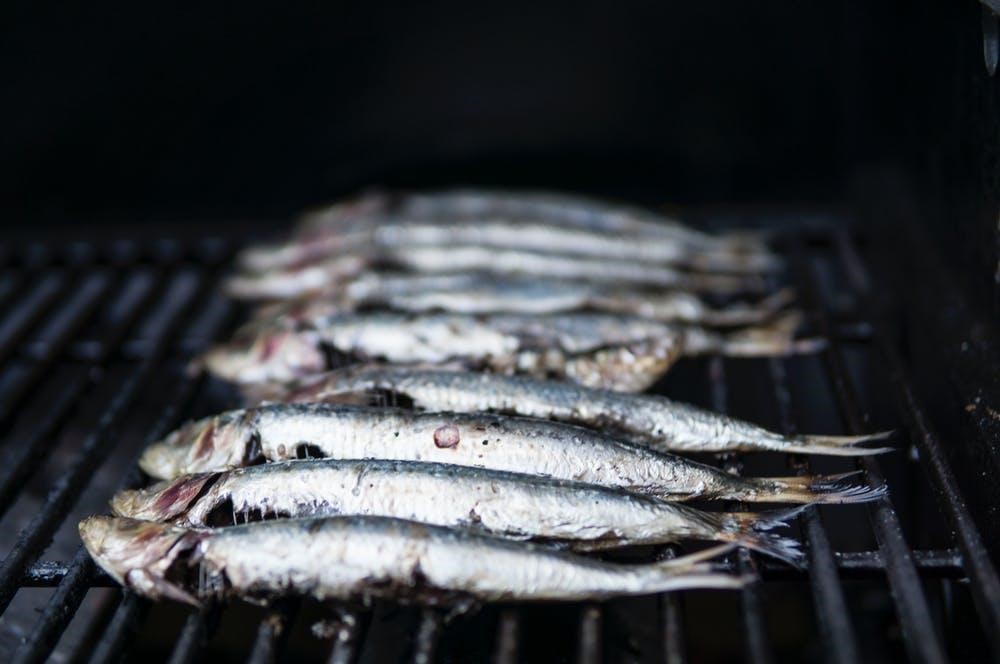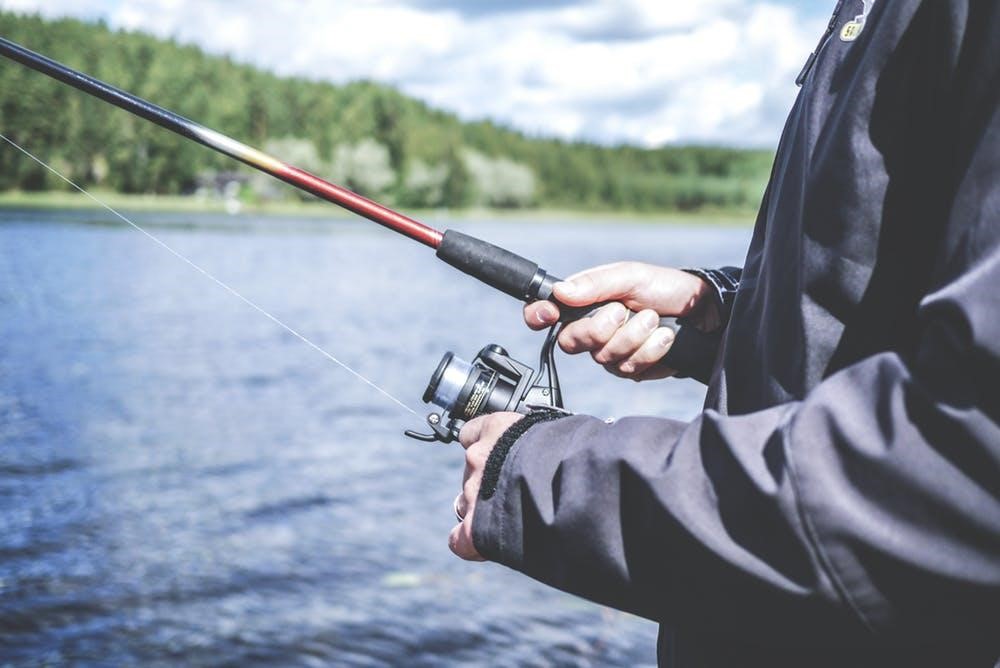
Seafood is a wonderful source of many nutrients that are essential to having a healthy body, including omega 3’s. However, not all seafood is safe to eat and some are safe, only in moderation.
Safe seafood
These seafood options are high in omega 3 and can be eaten more often, but daily consumption is not recommended.
Mussels: members of the mollusk family, can live in saltwater and freshwater. Mussels are often steamed in a pot with wine until their shells open. Their meaty insides are then added to recipes and eaten. They are good sources of protein!

Salmon: Fish caught in the Atlantic ocean or farmed. Salmon can be cooked in a variety of ways including baking, steaming, and grilling. They are high in cholesterol but also a great source of protein and omega 3!

Oysters: saltwater members of the mollusk family. Often seen as an aphrodisiac due to their high levels of zinc. Oysters are usually steamed and sauced or eaten raw.
Lake trout: commonly found in North American lakes. These fish can grow to be 50 inches long and 102 pounds. They are a white fish and is commonly smoked prior to eating.
Albacore tuna: Lives in tropical waters. Usually canned in oil or water. Tuna can be grilled, pan-cooked, or eaten rare. Not recommended for daily consumption.
Sardines: small, oily fish. Commonly found canned and contains omega 3 and many other nutrients including 50 percent of the recommended daily calcium. Sardines can be added to pasta recipes, pizza, or water straight from the can on crackers.

Unsafe seafood
Some of the seafood on this list are not necessarily unsafe for consumption, but should be eaten in great moderation.
Shark: sharks are a large fish found throughout the waters of the world. Shark steaks can be marinated and grilled. They are an edible fish, but only in moderation and buy from reliable sources.

Marlin: Marlin is an ocean fish that is prone to mercury absorption. This, of course, is harmful to humans, of consumed. This fish is a great source of vitamin B12, niacin, vitamin B6, iodine, magnesium, and is low in sodium and saturated fat. Marlin is an edible type of fish but in moderation and only when bought from reliable sources.
Tilefish: these fish are commonly found in sandy places and coral reefs. They can be consumed in moderation if from the Atlantic Ocean. If brought in from the Gulf of Mexico then the potential for mercury poisoning is much greater.
Orange roughy: this deep-sea fish is remarkable in that it can live to be nearly 150 years old! They are high in protein and high in mercury. Can be cooked with citrus flavors and baked.
Swordfish: this is another fish that is highly prone to mercury absorption. Swordfish is a large fish that resides in the ocean. They can be eaten in moderation and usually as swordfish steaks. They can be grilled, pan-fried, or baked.
Bigeye tuna and Bluefin tuna: these fish are categorized as “vulnerable” as their population continues to decrease. They are popular in Hawaii and can be found nearly worldwide. They can be grilled or even made into fish tacos!

King Mackerel: They are considered one of the highest mercury-containing fish in the world. The king mackerel is another type of fish, similar to swordfish, that should be avoided to prevent potential mercury poisoning. However, if chosen for consumption, King mackerel is typically smoked as it is an oily fish.

While many of these fish (both safe and unsafe) can be eaten, none of them should be eaten excessively or on a daily basis. Seafood, like everything else, should be eaten in moderation.